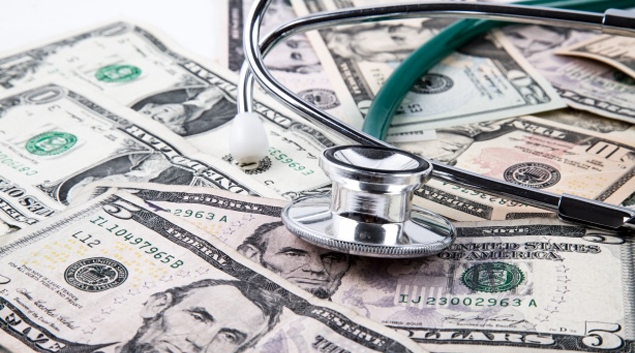
Total investment in medical and health research and development in the U.S. grew by 27 percent from 2013 to 2017, led by industry and the federal government, according to a new report from Research!America.
Industry accounted for 67 percent of total spending in 2017, followed by the federal government at 22 percent. The National Institutes of Health accounted for the lion’s share of federal spending in medical and health research in 2017 — $ 32.4 billion, or 82.1 percent.
IMPACT
Academic and research institutions, including colleges and universities, independent research institutes and independent hospital medical research centers also increased spending, dedicating more than $ 14.2 billion of their own funds — endowment, donations and the like — to medical and health R&D in 2017.
Other funding sources — foundations, state and local governments, voluntary health associations and professional societies — accounted for 3.7 percent of total medical and health R&D expenditures.
Biopharmaceutical companies contributed the largest share of funding within the industry sector, accounting for more than 53 percent of total U.S. medical and health R&D expenditures in 2017.
Of the top 25 U.S.-based pharmaceutical firms, 17 increased their spending, with eight spending more than $ 1 billion on pharmaceutical R&D that year. Increased investments in this sector may, in part, reflect the suspension of the medical device excise tax from 2016 to 2018, the report said.
WHAT ELSE YOU SHOULD KNOW
Federal R&D investments were uneven across health agencies during the five-year period. The NIH received $ 2 billion increases in 2016 and 2017, but funding for other federal health agencies varied, with the Centers for Disease Control and Prevention and the Agency for Healthcare Research and Quality experiencing stagnant or reduced budgets over the last two years.
Federal investments are expected to increase in the next two years due to the Bipartisan Budget Act of 2018, which lifted austerity-level budget caps for fiscal years 2018 and 2019.
THEIR TAKE
“Our nation cannot afford less than a full-court press against deadly and debilitating health threats,” said Mary Woolley, president and CEO of Research!America. “The returns — both quantitative and qualitative — on medical and health R&D dwarf our investment. It is heartening that we are on the right path, but it’s time to dramatically step up our game.”
Twitter: @JELagasse
Email the writer: jeff.lagasse@himssmedia.com
